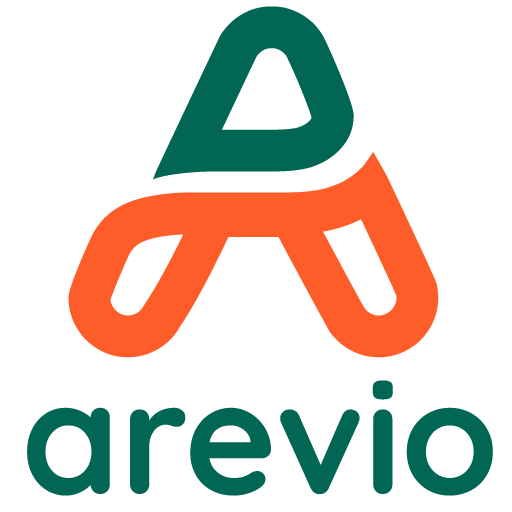Best Value for Money – Outstanding agility for your “Rapportages”
In the Netherlands, the XBRL standard is an essential part of the business reporting strategy. The Dutch National Bank (“DNB”) and the Standard Business Reporting (“SBR”) are the key designers of Netherlands XBRL taxonomies.
On the one hand, the DNB uses XBRL (and also XML) for most types of financial “rapportages”. From Banks, Insurers, Investment firms and Fund managers, to Payment institutions and Electronic money institutions, Payment processing service providers, Pension Funds, Trust Offices and Premium pension institutions, all have to deliver filings in XBRL format. Arevio Dutch Edition accommodates notably the following rapportages:
| Abbr. | Label | Abbr. | Label |
| BIS CBS | BIS Consolidated Banking Statistics, Country Risk | BSI, BSIM, BSIQ | Balance Sheet Items |
| MIR | MFI Interest Rates | OTC | National Over-the-Counter (OTC) derivatives |
| PAY, PMTS | Payments Statistics | DGS | Deposit Guarantee Fund |
| PLA | Profit and Loss Account | FEH | Foreign Equity Holdings |
| MSR | Monthly Securities reporting | SPV | Securitization Vehicles |
| FBO, FBO 3.0.0, FBO 4.0.0 | Financial reporting for investment funds and fund managers | MESREP | Macroeconomic Statistics Reporting |
| FTK | Pension funds, Financieel Toetsingskader | VNS-JR, 1.1.0, 2.0.0 | Verzekeraars Nationale Staten |
On the other hand, the SBR is a brilliant initiative producing and maintaining the Dutch Taxonomy, which is the “dictionary” defining data you need to shape the mandatory legal rapportages. These are architected in a logical way and produced at various moments of the year, depending on the types of business and legal Directives.
In addition to DNB and SBR national filings, in the Netherlands:
- Banks have also to comply with the Capital Requirement Directive (EBA, CRD IV and V), Single Resolution Fund (SRB, SRF) and the Liability Data Report (SRB, LDR); all these reports are covered by Arevio CRD Edition;
- Insurance companies, with Solvency II filing;
- Pension funds, with the Institutions for Occupational Retirement Provision Directive (IORP II);
- EU listed companies with the ESMA – European Single Electronic Format (ESEF).
Needless to say, the situation can be complex for Dutch filing companies, advisers and software producers!
Let’s discover Arevio Dutch Edition, your dedicated solution to manage the reporting environment.
Arevio Dutch edition is conceived to adapt to all new or changed taxonomies without any change to the software. All you need to do is to download the relevant taxonomy files, feed them into AREVIO, and that’s it! All time- and cost-efficient!
Also, as your favourite spreadsheet engine is natively supported, this eases nicely data encoding. And the icing on the cake is that it works for any kind of presentation, including inline XBRL (iXBRL), a key aspect in the context of ESEF reporting.
Feeling like improving your reporting chain for more flexibility and efficiency? Tired of wasting time and precious money re-running XBRL validation endlessly? Eager to simplify your capture of data “facts” and to render them swiftly onto easy-to-validate XBRL instances and reports?
Streamline your process for the next reporting, strip dispensable editorial consulting fees. It costs nothing to request a discovery version of Arevio Dutch Edition!
Learn about cutting-edged plausibility checks capabilities and outstanding ESEF control reports!
Data Quality Management is indeed the cornerstone for the National and European Institutions, especially for the DNB and the ECB. Each quarter, the DNB publishes relevant information over its additional quality checks on the User Documentation page while the ECB published EGDQ checks. In both cases, the validation rules are defined in an Excel file; adding a new rule or modifying an existing rule is only to edit an Excel file.
At the starting point of the Arevio model are the business requirements. The Arevio solution is built to help designing additional checks in an intuitive manner and by unlocking the technical limitation of formula linkbase specifications.
Arevio facilitates the design of validation rules when data are spread between different XBRL instances and even when data are in different formats.
Data quality is not only at the core of authorities’ preoccupations, it can also be an investigation topic for companies and auditors.
We therefore highly recommend banks, auditors and other stakeholders to extend Plausibility checks to their own internal data.
Reach out to us and we will gladly organize a demo!
Data quality with Arevio ESEF Edition too!
Data quality is not only a topic for banks and XBRL reporting in the context of the Capital Requirements Directive. It is also applicable for the Transparency Directive. In that case, it concerns EU listed companies and ESEF inline-XBRL reporting.
Acsone has designed a powerful ESEF report control tool that combines all the information in order to audit annual reports of listed companies:
- Quantitative information within the primary Financial Statements (“PFS”),
- Narrative information within the text blocks,
- Taxonomy specifications,
- Failed ESEF control rules.
Do not hesitate to consult Arevio ESEF Edition page for additional information and contact us to organize a demo!
Let’s explore how we can collaborate. Book your personalized demo now.
